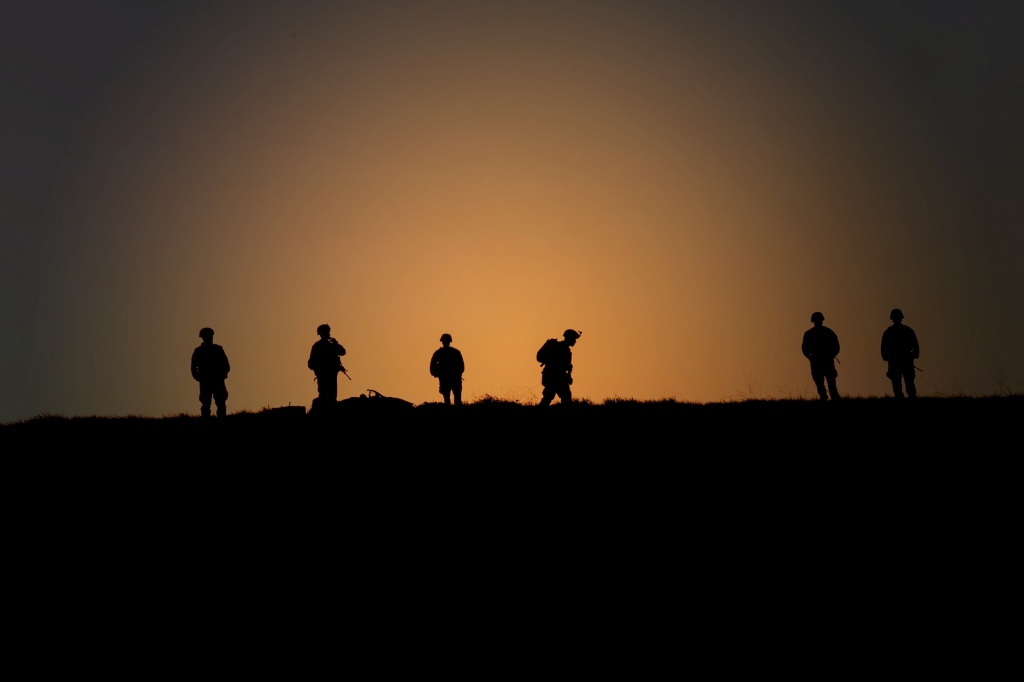It is published simultaneously by RECNA-Nagasaki University, Asia Pacific Leadership Network for Nuclear Non-proliferation and Disarmament (APLN), and Nautilus Institute.

THE DELIBERATE EMPLOYMENT OF UNITED STATES NUCLEAR WEAPONS: ESCALATION TRIGGERS ON THE KOREAN PENINSULA
Daryl G. Press
Prepared for the
Project on Reducing the Risk of Nuclear Weapons Use
in Northeast Asia (NU-NEA)
Co-sponsored by
The Research Center for Nuclear Weapons Abolition, Nagasaki University (RECNA),
The Nautilus Institute for Security and Sustainability, and
The Asia-Pacific Leadership Network for Nuclear Non-Proliferation and Disarmament (APLN)
with cooperation of
Panel on Peace and Security of Northeast Asia
Additional funding by the MacArthur Foundation
January 6, 2022
This paper focuses on the conditions under which the United States might use nuclear weapons in the context of war on the Korean peninsula. It identifies circumstances that might trigger such a decision, the purposes of US nuclear use, and the plausible targets of US nuclear strikes. Attention is focused on the roles that nuclear weapons may continue to play in US military operations and geopolitical strategy despite US steps to reduce their saliency since the end of the Cold War. This paper argues that because the United States (and its allies) have a strong preference against using nuclear weapons, it would only consider doing so if (1) the mission being performed via the nuclear strike was of critical importance, (2) the mission could not be accomplished with sufficient certainty or speed with non-nuclear weapons, and (3) the use of nuclear munitions significantly increases the probability of mission success. This paper identifies a range of circumstances that could arise during a war on the Korean Peninsula that might satisfy all three of these criteria, and it identifies the pathways that are most likely to trigger US nuclear employment. Examining these conditions can help US allies and other partners identify and resolve disagreements about nuclear employment, enhance deterrence against regional adversaries, and shed light on the logic driving important decisions about US nuclear force structure and modernization.
Keywords:
Nuclear-weapon Use, Escalation, United States, Korean Peninsula, DPRK
Authors’ Profile:

Daryl G. Press is an associate professor of Government at Dartmouth College. His work focuses on US foreign policy, deterrence, and the future of warfare. He has published numerous articles and two books: Calculating Credibility (2005), which examines how leaders assess credibility during crises, and The Myth of the Nuclear Revolution: Power Politics in the Atomic Age (2020), which explores deterrence challenges of the 21st century. Press worked as a consultant at the RAND Corporation for nearly twenty years, and he has taught classes on conventional force modeling for two decades. His work has appeared in leading academic journals as well as in the popular press including Foreign Affairs, The New York Times, and The Atlantic Monthly.

















